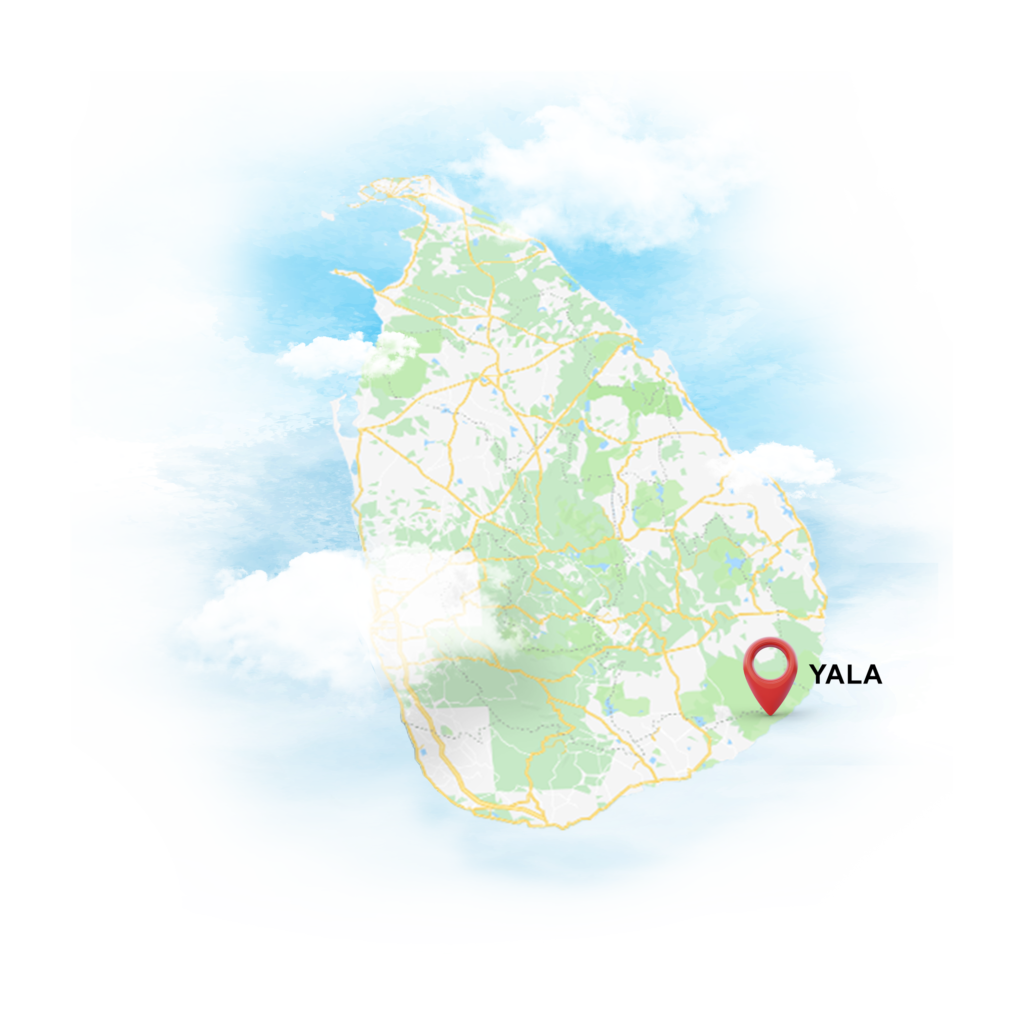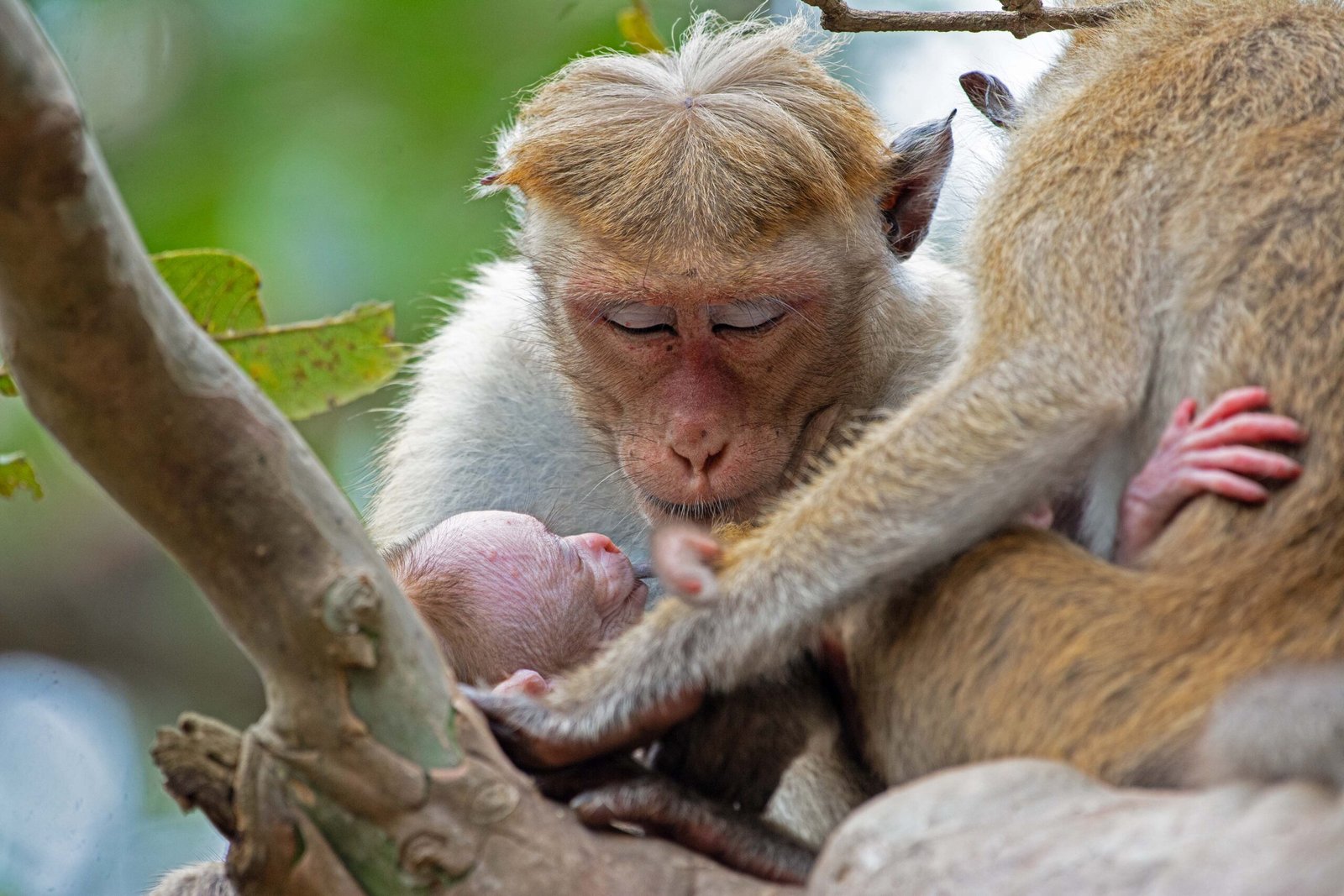Yala National Park is one of the most well-known national parks in Sri Lanka in terms of area, as it is the second largest of all and also the oldest national park in the country. It has been established in the region of an archaic empire that dates back to more than 2000 years before, which at present is a sub-secondary tropical growth forest.
Yala is a home to different kinds of species of wildlife and all the sectors or blocks for the place lies in different climate zones. These variation differentials cause changes in the topography, types of vegetation, and the animals that inhabit the park.
And a fun fact, Yala is world renowned for hosting the highest leopard density in the world and therefore the best place, if not the entire world, including Africa to witness these fabulous big cats in the act.
Recent studies done by surveying the National Park by people who visit the park frequently and researchers specialized in leopards suggest that there are more than one hundred individual leopards in Block 1 alone within the past five years.
The climate zones within Yala are diverse: More specifically, Block 2 is within the arid area whereas Block 1 is within the semi-arid area, blocks 3,4 and 5 are partially in intermediate to dry zones. Therefore, habitats in the park comprise of shrub jungles which include several thorny shrubs, and along riverine, the park has dual-storied riparian gallery forests with Companies of tight tree crowns.
Yala National Park is home to all five of Sri Lanka’s terrestrials “Big Five” animals: elephants, leopards, sloth bears, wild water buffaloes, and wild boar. Each day be coming and going inside this park offers a rather exciting opportunity to encounter these wild animals in their natural habitat.
As we have seen the mixture of interest and fascination in birds that tourists gain in Yala National Park indicates an awaiting chance for bird lovers. Resident bird species are at least 200, while migrants and wintering species, with some regularity, number around 300 birds.



